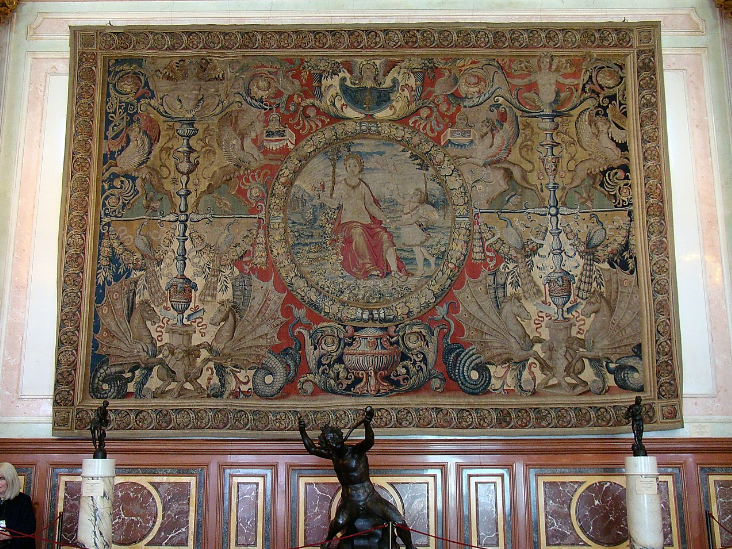Imagine a scene frozen in time, where every detail—every pose, every expression—tells a story without a single word. This is the magic of theatrical tableaux, a form of living art that has captivated audiences for centuries. But did you know that these striking compositions are not just confined to theater stages or museums? They are all around us, shaping the way we perceive art, storytelling, and even our daily interactions.
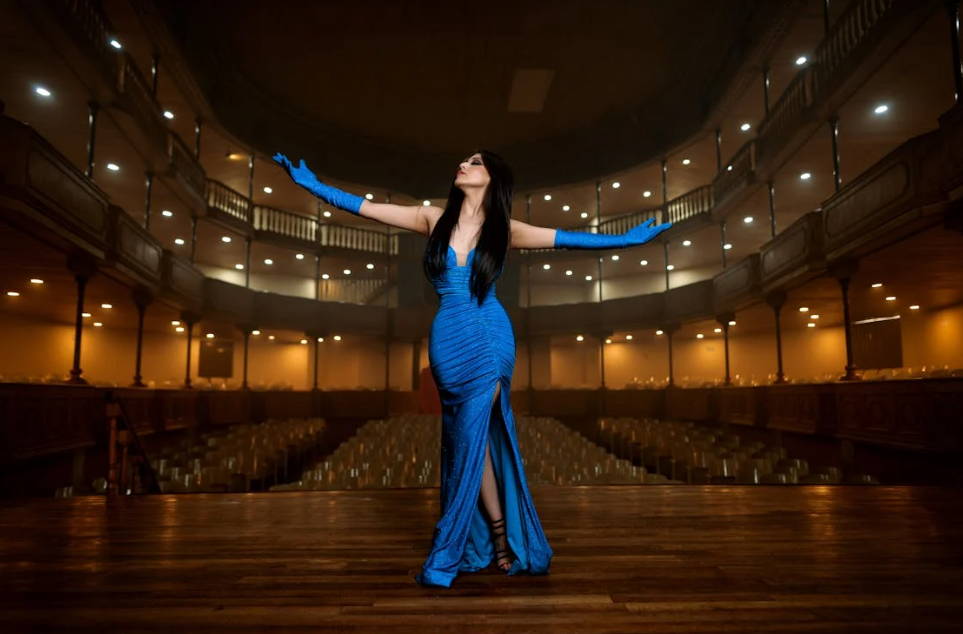
The History of Theatrical Tableaux
Origins and Early Uses
The term “tableau vivant,” which translates to “living picture,” dates back to the early 19th century. However, the concept itself existed long before that, with roots in religious ceremonies, Renaissance art, and courtly entertainment. Theatrical tableaux were used to dramatize historical events, myths, and biblical stories, captivating audiences with their visual splendor.
The Golden Age of Tableaux Vivants
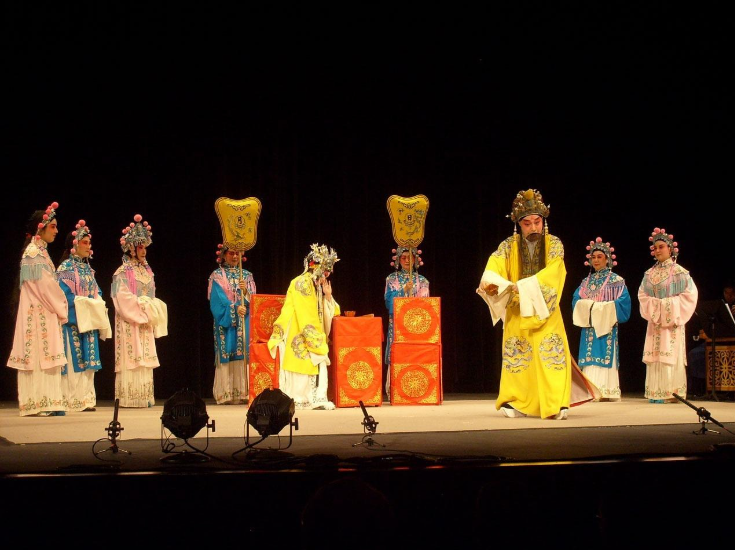
During the 19th century, tableaux vivants became a popular form of parlor entertainment. The upper class would gather in salons to witness performers recreate famous paintings or literature scenes, frozen in perfect harmony. This era saw a rise in the artistry of tableaux, emphasizing intricate costumes, dramatic lighting, and symbolic arrangements.
Modern Adaptations
Today, the spirit of theatrical tableaux thrives in unexpected places—fashion photography, contemporary theater, and even social media platforms like Instagram. From high-fashion editorial shoots to reenactments of famous artworks, tableaux remain a powerful tool for storytelling and artistic expression.
Elements of a Theatrical Tableau
Composition and Arrangement
A successful tableau relies on balance, symmetry, and perspective. Every element within the frame must serve a purpose, guiding the viewer’s eye toward the focal point of the scene.
Lighting and Costumes
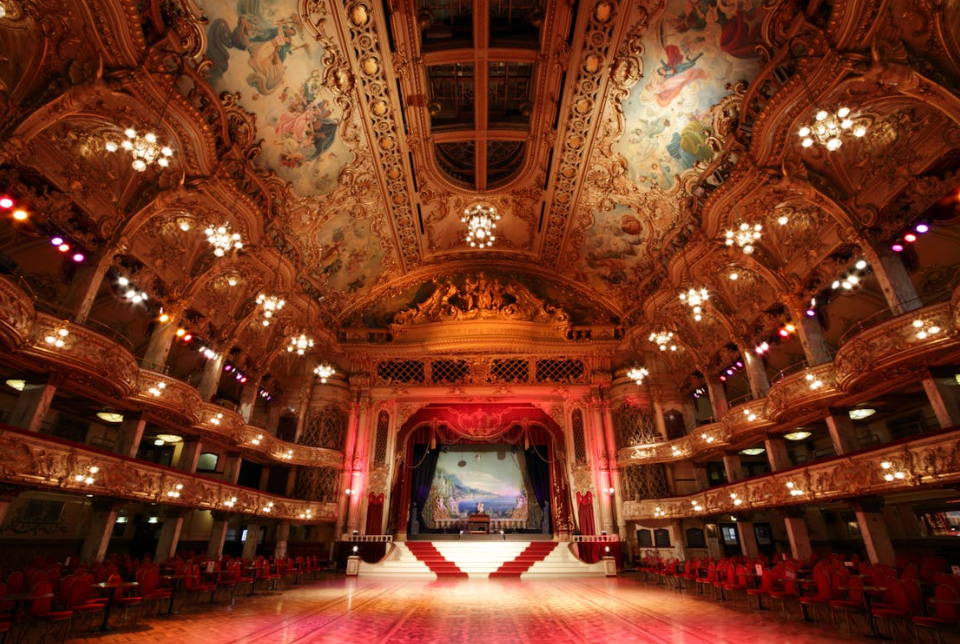
Lighting is crucial in creating mood and depth. Soft, dramatic lighting can evoke nostalgia, while harsh, high-contrast lighting can add intensity. Costumes further enhance the narrative, allowing performers to embody historical figures or fictional characters with precision.
Expression and Emotion
Although tableaux are silent, they are far from emotionless. The expressions of the participants convey the essence of the story, making the stillness feel alive and immersive.
Theatrical Tableaux in Everyday Life
The Role of Drama in Daily Interactions
Think about how people pose for photos or how body language conveys unspoken messages. These everyday moments mimic the principles of theatrical tableaux, showcasing the drama inherent in human interactions.
The Art of Posing and Presence
Striking a pose is not just about looking good for the camera; it’s about telling a story. Whether through fashion, social media, or professional branding, the way we present ourselves can be a form of living art.
Storytelling Through Stillness
In an age of fast-paced media, stillness can be a powerful storytelling device. By freezing a moment in time, tableaux force us to pause, observe, and reflect—something increasingly rare in our digital world.
The Influence of Tableaux on Art and Media
Impact on Photography and Painting
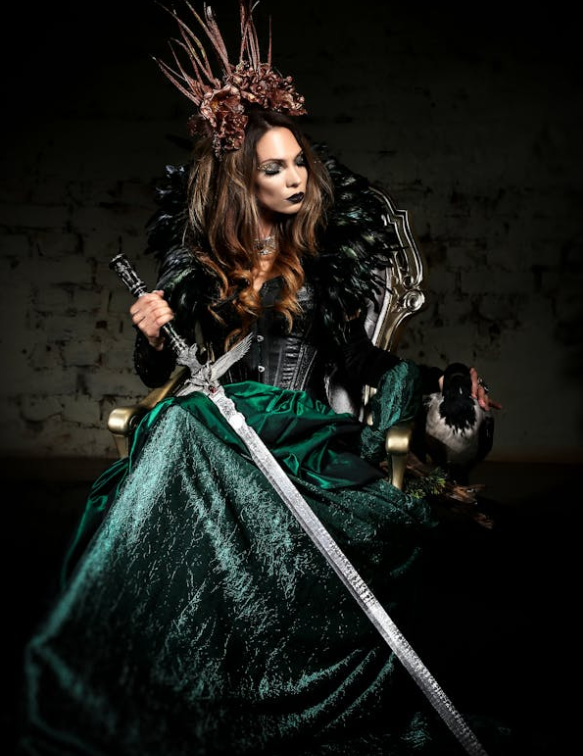
Photographers often draw inspiration from tableaux to create visually arresting compositions. Likewise, painters have long used staged models to capture dynamic, yet frozen, moments.
Influence on Film and Theater
Many filmmakers use tableau-like sequences to create dramatic visual effects, using frozen or slow-moving scenes to heighten emotional impact.
Tableaux in Advertising and Branding
Marketers use tableau techniques to craft compelling advertisements, drawing audiences in with visually engaging imagery that tells a story at a glance.
Creating Your Own Theatrical Tableau
Choosing a Theme or Scene
Start with a clear vision—whether it’s a historical moment, a piece of literature, or an emotion you want to capture.
Setting Up the Environment
Consider lighting, background, and props to enhance the authenticity of your scene.
Directing Participants
Encourage participants to hold strong, expressive poses while maintaining a cohesive visual balance.
The Psychological and Emotional Impact
Enhancing Awareness and Mindfulness
Engaging in tableaux can heighten one’s awareness of body language, spatial composition, and artistic storytelling.
Developing Empathy and Connection

By stepping into another character’s shoes, performers can develop a deeper emotional understanding and connection to the scene they portray.
Encouraging Creative Expression
Tableaux offer an outlet for creativity, allowing individuals to experiment with storytelling through visual means.
Theatrical tableaux, though rooted in history, continue to shape our artistic and social landscapes today. Whether in the grandeur of theater or the simplicity of a well-composed photograph, living art surrounds us. So, the next time you strike a pose or admire a frozen moment, remember—you are engaging in an ancient tradition of storytelling through stillness.
